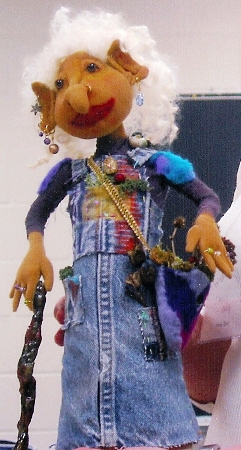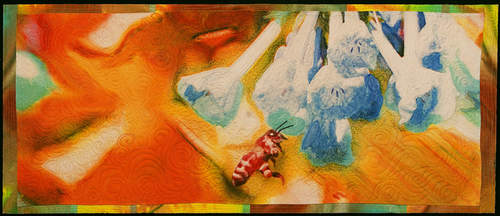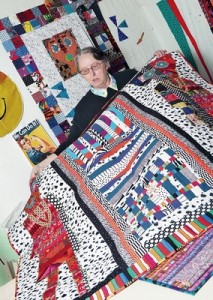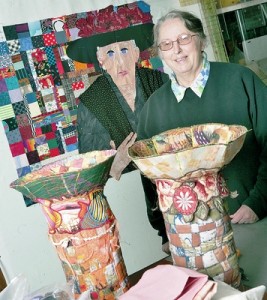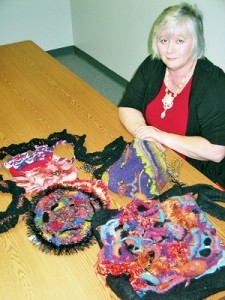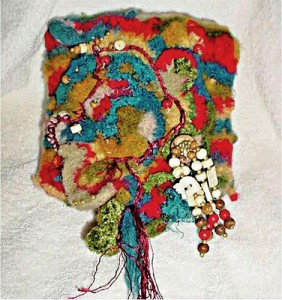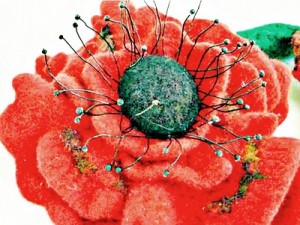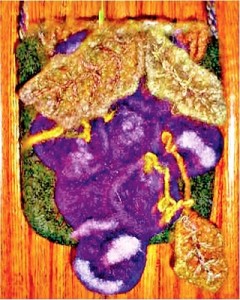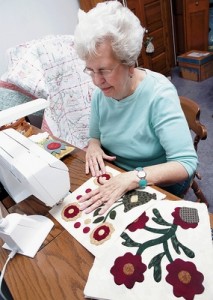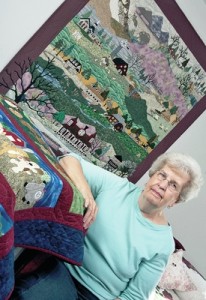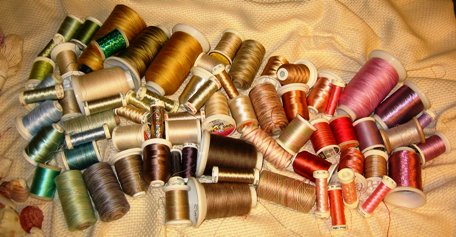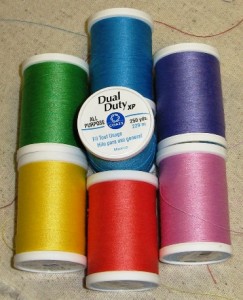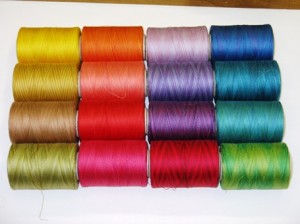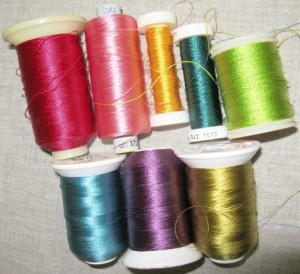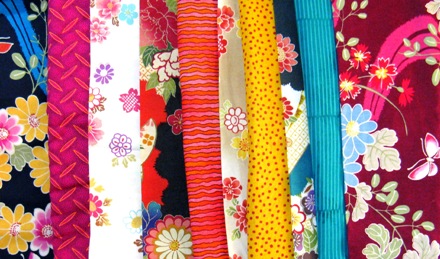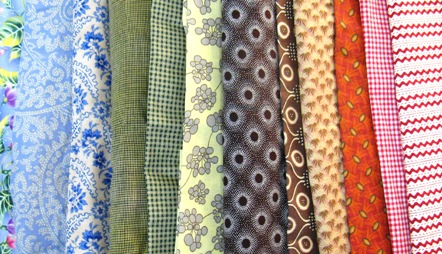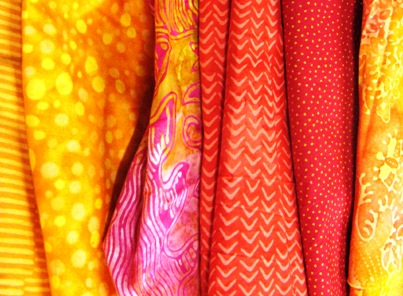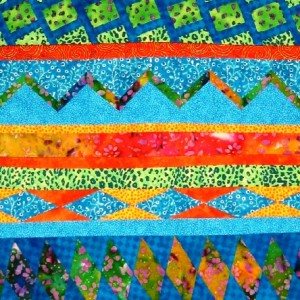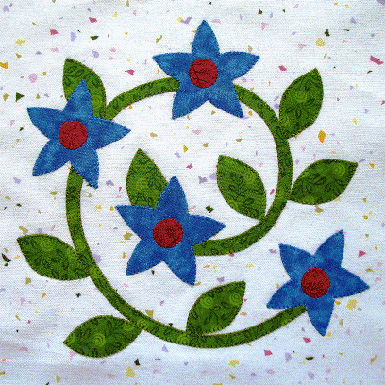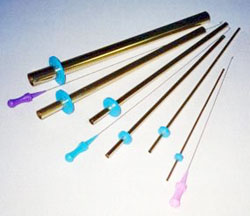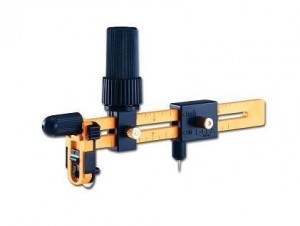Artist Melds Photography, Sewing and Painting
By Denise Baran-Unland For The Herald-News February 2, 2012 8:16PM
They say every picture tells a story, but that’s especially true for stories on the faces of Darcy Berg’s handmade dolls and art quilts.
For instance, the images on Berg’s quilts are of “people on the street,” individuals with an intense aura about them, whom Berg obtains permission to photograph. One doll, on display at a Southern Illinois steak house, depicts the fictional story of a woman with too many cosmetic surgeries: she has huge lips and failed breast implants.
“Her name is Delores, but she wants everyone to call her Candy,” said Berg, of Plainfield. “I have a sense of humor and this is a creative outlet for it.”
Berg teaches and displays her work at Gallery 7 in Joliet and teaches the Photography Meets Art Quilt and Nature Photography classes at Joliet Junior College. She said her artwork is the marriage of two loves she began nurturing in childhood: sewing and photography.
At 5, Berg played with sewing cards, but by 7 she was hand-stitching clothes for her Barbie dolls and finery for playing “dress up” with her friends. When Berg was 10, her grandmother passed down her electric sewing machine and an aunt presented Berg with her first camera.
“It was a natural combination from me and I just built from there,” Berg said. “The title of my blog is ‘Fear is Not an Option.’ You can’t be afraid to experiment with art. I’ll try anything, just for the heck of it. I feel that, if I’m going to charge people for my work, it’s my responsibility to give them something different and unique. I try to be on the cutting edge as much as possible.”
Six years ago, Berg was already designing dolls when an acquaintance invited her to join a quilting club. She started with traditional quilting, but grew frustrated with its many rules and guidelines. Art quilts grant her greater flexibility, from size to media.
“I use paint, colored pencil, water color, screen print and dye my own fabric,” Berg said. “Some of my quilts are really small, about two inches by two inches. Some people use plastic thread and attach candy wrappers. The only limit is the door to your imagination.”
Although Berg, like many people, has been affected by the recession (she was laid off in 2009 from her job as a senior environmental planner), she has used this time to focus and further develop her creative process and is pleased at the progress she is making. She hopes people enjoy the stories she tells.
“People have encouraged me to write more,” Berg said, “but I just haven’t had time to do it.”
Visit www.darcyberg.com and Darcy Berg Art on Facebook.

